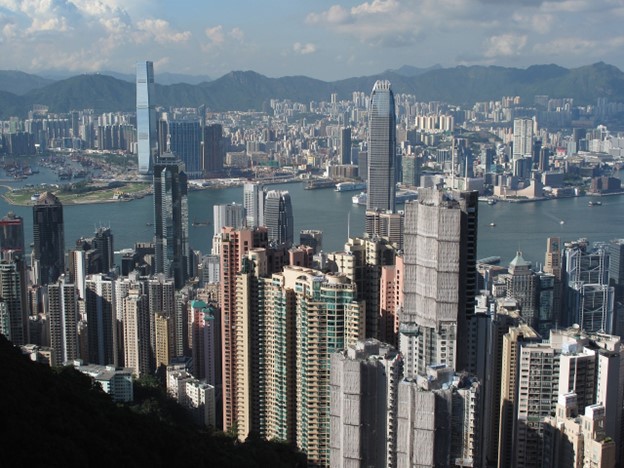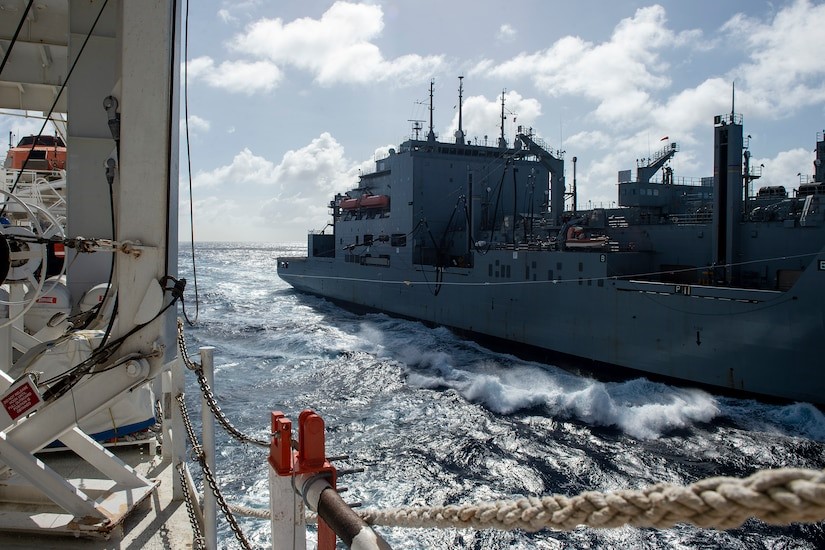As part of an extensive package of tax increases, Biden proposes eliminating the Trump Tax cuts.
Contrary to the White House claims, preserving the Trump tax cuts will not starve the federal government’s income. House Ways and Means Chairman Jason Smith (Missouri)notes that “The truth is, the Trump tax cuts resulted in economic growth that was a full percentage point above CBO’s forecast, and federal revenues far outpaced the agency’s predictions. In fact, under Trump tax policies in 2022, tax revenues reached a record high of nearly $5 trillion, and revenues averaged $205 billion above CBO predictions for the four years following implementation of the law. Beyond what the Trump tax cuts did for economic growth and federal revenues, it provided major benefits to working families. The officially reported poverty level fell to its lowest rate in 50 years and unemployment rates for minorities and those without a college degree hit all-time lows. Real median household income rose by $5,000, and wages went up by nearly 5 percent. Americans earning under $100,000 saw an average tax cut of 16 percent. And while the tax burden on low-income families went down, the top one percent saw their share of federal taxes go up…On the other hand, President Biden’s promise for the expiration of the Trump tax cuts, means a family of four making $75,000 today will owe Uncle Sam an extra $1,500 in taxes. The Child Tax Credit will be slashed in half; small businesses will see their tax rates top 40 percent; and farmers may have to weigh selling the family business to pay a rising death tax. In his budget, President Biden has called for upwards of $7 trillion in new taxes.”
The Tax Foundation estimates that the “…tax changes in the president’s budget would reduce long-run GDP by 2.2 percent, the capital stock by 3.8 percent, wages by 1.6 percent, and employment by about 788,000 full-time equivalent jobs. The budget would decrease American incomes (as measured by gross national product, or GNP) by 1.9 percent in the long run, reflecting offsetting effects of increased taxes and reduced deficits, as debt reduction reduces interest payments to foreign owners of the national debt. Raising the corporate income tax rate to 28 percent is the largest driver of the negative effects, reducing long-run GDP by 0.9 percent, the capital stock by 1.7 percent, wages by 0.8 percent, and full-time equivalent jobs by 192,000.”
A CATO analysis presents a grim description of what the tax hikes would result in. “The Biden tax hikes would primarily fall on capital income, leading to less domestic investment, fewer jobs, and slower economic growth. According to estimates from the Tax Foundation, the budget proposal would reduce long‐run GDP by 2.2 percent, hurt wages, and eliminate 788,000 jobs. This is likely a significant understatement of the negative economic effects. The analysis notes that the budget’s proposals will make America an international outlier on individual and corporate taxes…The United States currently exceeds the OECD average in all four tax measures. The charts also show that under Biden’s budget proposals, American tax rates move from just above average to an outlier nation, with some of the highest tax rates in the OECD.”
The American Enterprise Institute emphasizes that “Although his proposals would raise significant revenue, they would not significantly affect the federal government’s short-run and long-run debt burden… in the long term, his plan would not raise enough to stabilize debt-toGDP and would lead to a 0.2 percent smaller economy.”
Illustration: Pixabay









